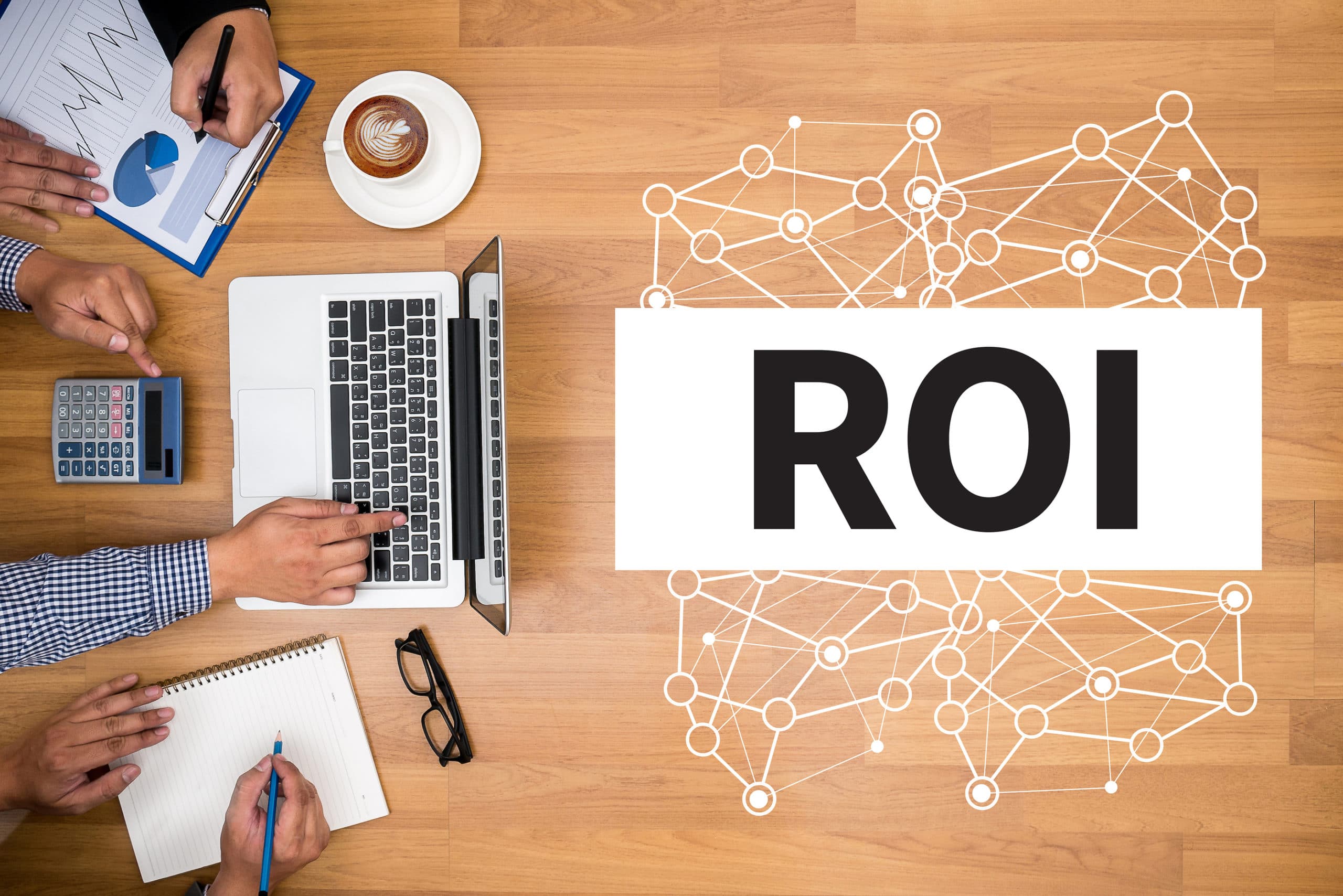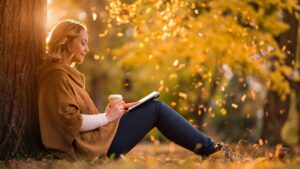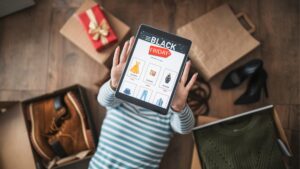Brand awareness is extremely important for CPG companies as they face a unique challenge: they often sit side by side with their competitors on shelves or online stores.
 Having a recognizable brand can be the difference between gaining a sale or losing it to a competitor. However, the impact of brand awareness isn’t always clear-cut because it comes in varying degrees. A customer may have simply heard your brand’s name in passing or they may be fully aware of your complete line of products and offerings, both of which demonstrate a degree of brand awareness. When asking the question, “Can brand awareness generate measurable ROI?,” then, you must be able to understand each different level of brand awareness and, most especially, how they drive sales of your product and generate ROI of marketing campaigns.
Having a recognizable brand can be the difference between gaining a sale or losing it to a competitor. However, the impact of brand awareness isn’t always clear-cut because it comes in varying degrees. A customer may have simply heard your brand’s name in passing or they may be fully aware of your complete line of products and offerings, both of which demonstrate a degree of brand awareness. When asking the question, “Can brand awareness generate measurable ROI?,” then, you must be able to understand each different level of brand awareness and, most especially, how they drive sales of your product and generate ROI of marketing campaigns.
Attribution is a crucial aspect of measuring this ROI. After all, if your brand awareness is noticeably increasing, it is crucial to be able to pinpoint the exact catalyst. One of the easiest ways to measure this is via access to data on shopping behaviors.
Innovative retail mobile shopping apps can help indicate whether or not your brand awareness campaign is creating a measurable impact. This data can also be used to determine how that brand awareness is increasing your sales—and where you may need to redouble your efforts to build positive recognition and a strong reputation.
The Levels of Brand Awareness—and How They Influence ROI
Brand awareness is the first step in converting a prospective buyer into a customer. After all, if a consumer is going to buy your products, they must first know your brand exists. For CPG companies, this can be particularly challenging as your product likely has many direct competitors that consumers can choose from— in the same physical or online space as your brand. Being able to recognize your brand and associate it positively with a particular product out of a large selection of other competing goods is what will increase conversion. However, brand awareness is a blanket term encompassing many different levels. These levels will impact how likely a consumer is to purchase your product over a similar one from a competitor, and can be broken down into four basic categories:
- Brand recall: Brand recall is simply the ability of a consumer to remember your company’s name when confronted with your brand’s product category. For example, if someone mentions ‘soda,’ a consumer may have popular brands like Pepsi or Coca-Cola spring to mind. However, their recollection of the brand doesn’t guarantee purchase. They’re simply familiar enough with the brand name to be able to spontaneously remember it.
- Brand recognition: Brand recognition goes a bit deeper than brand recall in that consumers can identify a brand simply by its packaging, logo, or products. A good example of this would be the Nike swoosh logo. Customers immediately think ‘Nike’ when they see the logo, even without the name of the brand being mentioned. This level of brand awareness is no small feat for even large CPG companies as, on average, a consumer must see a brand’s logo, products, or advertising 5 to 7 times before they reach the brand recognition stage of awareness.
- Top-of-Mind awareness: Top-of-mind awareness occurs when a brand’s name becomes synonymous with a product itself and is the first brand a consumer will think of when a specific product is discussed. The name Q-Tips, for instance, has become synonymous with cotton swabs. Now, even off-brand cotton swabs are often referred to as Q-Tips. This is the most powerful converter possible through brand awareness as the brand receives the primary slot in the consumer’s mind for a given product.
Each level of brand awareness is on the path to customer conversions. Consumers should be able to credit your brand with a positive perception and reputation if you hope to convert them from browser to buyer. As positive awareness is what drives sales, any marketing campaign that improves your brand awareness is considered to typically generate a good return on investment for your advertising dollars.
Digital Factors for Measurable ROI
A key challenge that CPG brands face is that a consumer can passively buy your product without even being aware of your brand name. In this case, despite the fact that a consumer bought your product, they are not actively engaging with your brand. This happens quite often in brick and mortar stores, which is why the best avenue for measuring brand awareness growth is via digital data.
A few basic metrics to consider when determining whether or not brand awareness is having a measurable impact on the ROI of your marketing strategies include:
- Direct website visits and use of branded keywords: This is often a challenge for newer brands, while established brands likely have a better handle on branded keywords. This is a good measure for top-of-mind awareness as your brand itself is known enough that the consumer chooses to visit your page directly. If a consumer uses your brand name to search for one of your products on a search engine, that’s a top-of-mind search which can be counted toward profitable ROI.
- External links that become visits: Your website metrics will show you the inbound links that are responsible for bringing individuals to your page. Product reviews and social media mentions that link to your brand should be counted when you’re measuring brand awareness growth. Every time someone shares a story about your brand, or comments on your branded content, they’re driving brand awareness. As individuals see that and follow up with a click on the link to your site, that is an increase in brand awareness that will impact the positive ROI of your marketing strategy.
- Third-party app partnerships: Third-party apps allow brands to gain the attention of a new target audience while they are at a physical retail location. Shopping apps are an example of this, where a consumer may gain brand awareness of your products via being introduced to them as a featured product. These shopping apps will show you the purchase path, i.e. each instance where someone views an ad for your brand or seeks out your brand can be counted as measurably increased brand awareness. An additional benefit of mobile shopping apps is that they allow you to track not just the moment of brand awareness, but also how long it takes for brand awareness to convert to a purchase.
How to Determine If a Brand Awareness Campaign Is Generating Measurable ROI
Keep in mind that measuring your brand awareness and, in turn, your ROI on corresponding marketing campaigns isn’t an exact science. It requires you assume that sales are made based on brand awareness, which isn’t always the case. However, taking the time to monitor digital data can help you strategize where to invest advertising dollars for the highest future ROI possible, given the best data you are able to access.
Brand awareness is the first step necessary for converting a consumer from browser to buyer and therefore means that efforts to increase it may impact a favorable ROI. The most accessible means to measure this brand awareness is by accessing data consumers have shared with shopping apps, i.e. how their shopping journey led them to your brand.
Shopkick offers a platform of active users to companies that wish to increase their brand awareness. To become one of our partners and leverage our extensive audience, contact our team today.
Image courtesy onephoto





